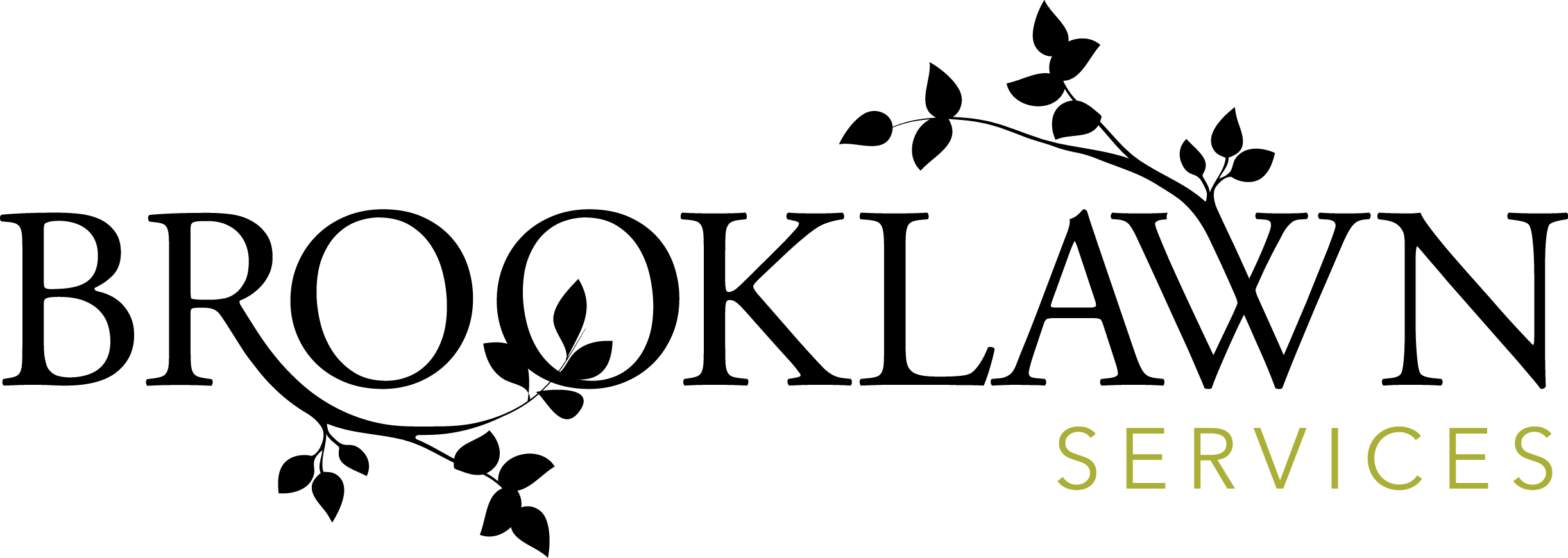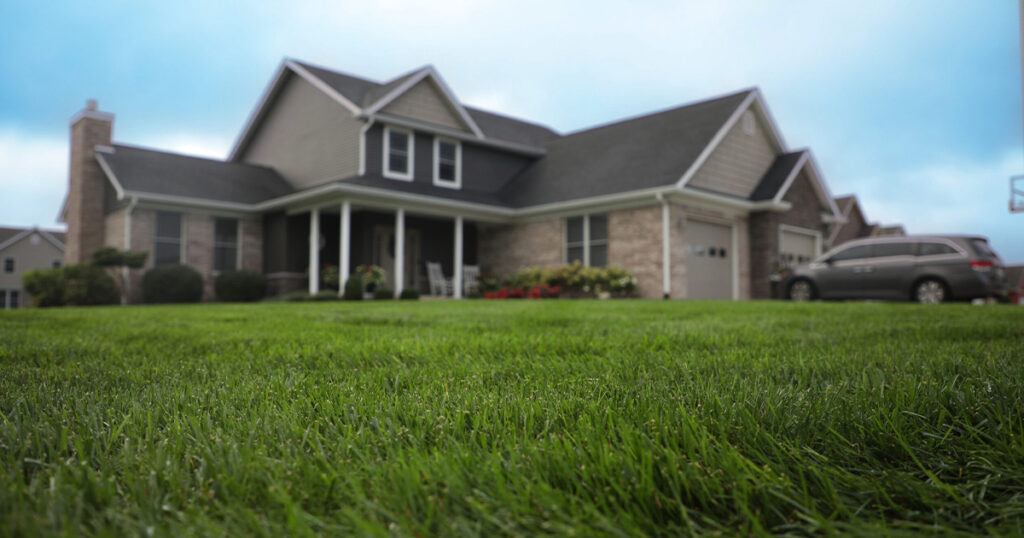A beautiful yard without weeds takes prevention and maintenance to ensure it stays thick and green. Pulling weeds without retrieving the entire root will be an ineffective and short-term solution and improper application of weed killer can damage your lawn. Weed control is important to understand from how to spot weeds, what causes weeds, and best practices to prevent them from coming back.
What are the most common weeds?
The most common weeds found in Indiana are dandelions, clovers, and crabgrass. Being able to spot the difference between them can help you distinguish what next steps to take. Dandelions are usually the easiest to spot and are recognized for their bright yellow color. They are fast growing and can spread easily. Clovers are most notable for their three-leaf shape and thrive in under-nourished lawns. Crabgrass tends to have a flatter form and turns color in the fall. Crabgrass may eventually die on its own, however if you don’t remove before the seeds disperse, you will see them again next year.
What causes weeds?
A main culprit to what causes weeds is weather. In the summer with the heat and lack of rain, a drought can impact the emergence, growth, and development of weeds. Lawns exposed to prolong periods of sun and high heat will cause the grass to die off and thin out – an environment weeds thrive in.
How do weeds impact your lawn?
Weeds don’t only look bad; they thin out your grass and eventually kill your lawn. When weeds overrun your turf, they compete with the healthy grass in your lawn. They often soak up the nutrients first and effect the growth of healthy grass – leaving your lawn susceptible to issues like insect infestation, disease, and drought.
Best practices to prevent weeds
The best way to prevent weeds comes down to cultural practices. The taller, thicker, and denser your grass is, the less weeds you will have. A common lawn care error is cutting the grass too often and too low. The best height to mow your grass to is 3 ½ inches. Mowing high will result in a thicker and fuller lawn leaving less room for weeds to grow.
A problem, especially that we have noticed this year, are lawns not receiving enough water. Lawns need 1” of water per week – either naturally from rain or supplemented by irrigation systems or hoses/sprinklers. Without enough water your turf will go dormant and thin out, allowing the space for weeds to invade.
Proper weed edging can also impact your lawn. When edging and trimming your lawn, we recommend a vertical edging instead of an angle. It is important to not burn the lawn down low along the edges as this also allows a spot for weeds to take hold.
Nature also has a lot to do with how and when weeds grow. Weeds tend to grow at different times and knowing how to properly manage them is critical. For instance, the best time to treat crabgrass is during the spring before the seeds sprout. Depending on the season, we use different approaches in tackling weeds. During the fall months we put down a good rate of fertilizer. This will assist your lawn in storing energy and expanding the root system to withstand the cold weather. Our practices aim to thicken your grass for the fall leading to greener grass in the spring.
Treatment can help remove weeds. At Brooklawn we apply broad leaf weed control to lawns to help aid in eliminating a variety of weeds. Regular fertilization year-round is also a measure that helps to darken and keep your grass looking fuller.
Interested in how to prevent weeds in your lawn?
Brooklawn Services can help you in controlling those pesky weeds, contact us and get a quote today.


